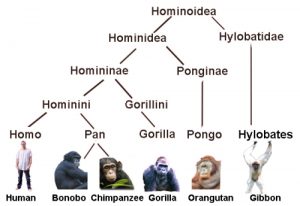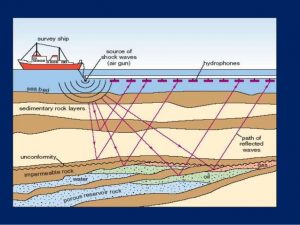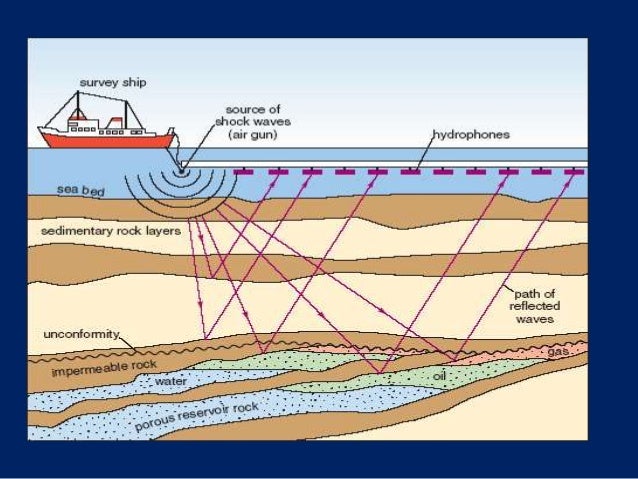As we age, we lose the ability to focus on things up close. Perhaps you have a grandparent who needs to hold birthday cards at arm’s length to read them? In this case, the lenses of their eyes have lost their flexibility and ability to focus on near objects. This is a condition called presbyopia, or more commonly known as farsightedness, and it has been thought to be from living in a world focused on objects up close. But if this were true, wouldn’t we only see this condition in humans?
Researchers in Japan have been studying wild bonobos for more than 40 years, and a recent study from Kyoto University shows that bonobos who are older need to extend their arms a greater distance to groom their partners effectively. Grooming involves picking out small bits of dirt and bugs, and is a daily task that bonobos perform their entire lives. Some bonobos were studied over many years, and as they aged they groomed their companions at a farther distance, attesting to their deteriorating eyesight. As shown in the pictures below, a young bonobo extends her arms much less than an older bonobo grooming his companion.

Left: young (17-year-old) bonobo grooming her mate. Right: older (45-year-old) bonobo grooming his mate. Source: WildThings
Bonobos can live up to 40 years in captivity, and even longer in the wild, so their eyesight has a long time to disintegrate, just like human eyesight. Researchers found that the oldest bonobos, at age 45, needed to keep their partners as much as five times as far away as young bonobos for successful grooming.
Learning that farsightedness is a condition that bonobos suffer from with age
shows that there is a genetic component to the degeneration of the eye lens. We can say this because humans and great apes – chimpanzees, gorillas, orangutans and bonobos – have a common ancestor and share much of the same DNA. This is illustrated with the (simplified) evolutionary tree:
Presbyopia is a condition that our common ancestor may have had, but it isn’t necessarily the only one. For example, aging and fertility studies have been done on chimpanzees and bonobos that show some conservation of reproductive behaviour throughout evolution. Evolutionary studies are fascinating because genetics is employed in our everyday lives from agriculture (genetically modified organisms or GMO’s) to medicine (antibiotic resistance).
Great apes are useful for genetic and evolutionary studies because if humans and great apes show similar conditions or behaviours, like farsightedness, it is likely that our common ancestor exhibited them as well.
Ashley









